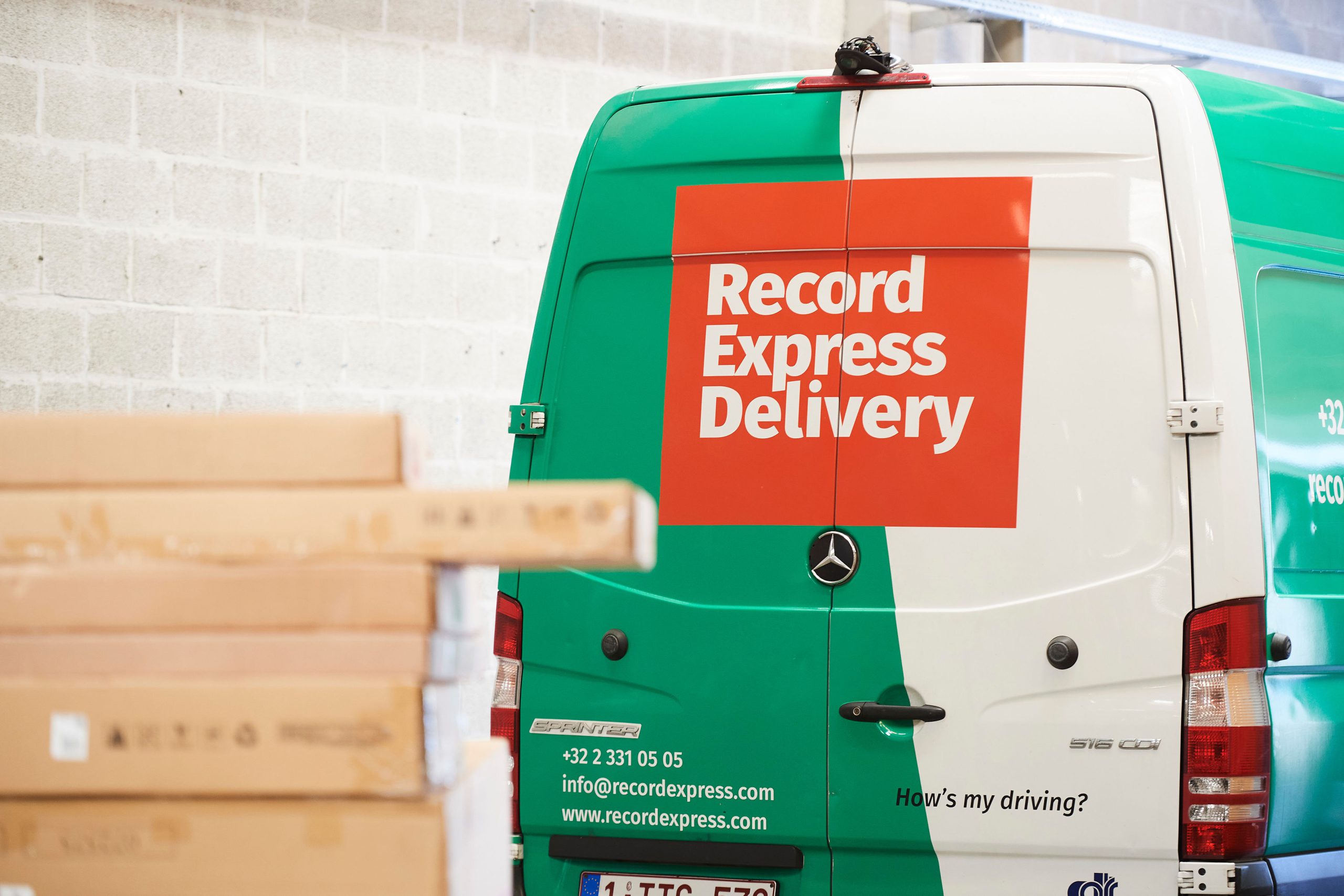Pharmaceutical Logistics & Cold Chain Basics
Pharmaceutical logistics ensures the safe, compliant, and efficient movement of medicines and healthcare products. Cold chain logistics is a core component, maintaining strict temperature conditions to preserve product integrity SEND PARCELHome / E-commerce logistics / Pharmaceutical Logistics & Cold Chain Basics

Pharmaceutical Logistics & Cold Chain Basics
TL;DR: Pharmaceutical logistics ensures the safe, compliant, and efficient movement of medicines and healthcare products. Cold chain logistics is a core component, maintaining strict temperature conditions to preserve product integrity. In the EU, and specifically Belgium, compliance with GDP (Good Distribution Practice) standards, validated packaging, and continuous monitoring are essential. Unlike general logistics, pharma logistics adds layers of regulation, risk management, and technology integration.
What is pharmaceutical logistics?
Pharmaceutical logistics refers to the planning, execution, and monitoring of supply chains that move medicines, vaccines, and medical products under strict regulatory and quality frameworks (European Medicines Agency). It covers everything from raw material sourcing to final delivery at hospitals, pharmacies, and patients.
- Focus on temperature-sensitive medicines, biologics, and vaccines
- GDP standards regulate distribution quality across the EU
- Traceability and audit readiness are mandatory for compliance
- Specialised packaging, vehicles, and monitoring systems are required
- Service failures can affect patient safety and legal compliance
Takeaway: Pharma logistics prioritises safety and compliance at every stage to protect patients and maintain trust in the healthcare supply chain.
What is cold chain logistics in pharma?
Cold chain logistics maintains controlled temperature ranges to keep medicines stable and effective from production to administration (World Health Organization). It ensures that biologics, vaccines, and temperature-sensitive drugs remain effective through validated storage and transport conditions.
- Common ranges: 2–8°C (refrigerated), −20°C (frozen), below −70°C (ultra-cold)
- Validated insulated packaging and refrigerated vehicles
- Continuous temperature monitoring and logging
- Strict deviation handling and corrective actions
- Compliance with WHO, EMA, and EU GDP guidelines
Takeaway: Cold chain logistics is the backbone of pharma supply chains, preserving product quality and patient safety.
What regulations govern pharmaceutical logistics in the EU?
Pharmaceutical logistics in the EU is governed by GDP guidelines, national medicines authorities, and international standards for safe distribution (EU Health). In Belgium, the FAMHP oversees GDP compliance for medicines.
- GDP guidelines ensure storage and distribution quality
- Authorisations required for wholesalers and distributors
- Temperature-controlled supply chain from production to patient
- Audit trails, SOPs, and deviation reporting mandatory
- International guidance from EMA and WHO applied in Belgium
Takeaway: Regulatory oversight ensures pharmaceutical logistics maintains quality and compliance across all EU member states.
What are the key challenges in pharma cold chain?
Pharma cold chain faces challenges of temperature excursions, cost, complexity, and global coordination (UNCTAD).
- Risk of temperature breaches during storage or transit
- High costs of validated packaging and active cooling solutions
- Coordination across international routes and customs
- Limited infrastructure in emerging markets
- Need for redundancy and contingency planning
Any failure in cold chain can result in wasted stock, financial loss, and—most importantly—patient risk. Therefore, compliance systems must be backed by training, redundancy, and risk management.
Takeaway: Pharma cold chain requires precision, investment, and resilience to manage risks effectively.
What technologies support pharma logistics?
Technology underpins modern pharma logistics through monitoring, automation, and predictive analytics (ISO).
- IoT sensors for real-time temperature and location tracking
- Blockchain for immutable audit trails
- Automated warehouses for efficient stock handling
- AI for demand forecasting and route optimisation
- Advanced analytics for deviation prediction and prevention
Takeaway: Digital technologies make pharma supply chains more transparent, reliable, and resilient.
How Record Express delivers pharma-grade logistics in Belgium
Record Express provides same-day medical courier solutions across Belgium with pharma-grade standards.
- GDP-compliant cold chain fleet with EV integration
- Real-time tracking and IoT monitoring for shipments
- Coverage of Brussels, Antwerp, Ghent, and national hospital networks
- Dedicated handlers trained in pharma logistics
- Proven reliability: >98% on-time pharma deliveries
🔗 Related reading:
- Medical Courier Services in Belgium
- Customs Compliance for International Delivery
- Logistics Compliance: Laws & Standards
- Expedited Shipping: How It Works
- Same-Day Delivery in Belgium: How It Works
FAQs
1. What is the standard temperature range for vaccines?
Most vaccines require 2–8°C storage; some require frozen or ultra-cold conditions.
2. Who regulates pharmaceutical logistics in Belgium?
The FAMHP oversees GDP compliance, supported by EU and EMA guidance.
3. Can all couriers handle pharmaceuticals?
No—only trained, authorised couriers with validated equipment and GDP compliance can handle pharma shipments.
4. What happens if a temperature excursion occurs?
Shipments are quarantined, deviations investigated, and corrective actions taken before release.
5. How is patient safety ensured in pharma logistics?
By combining GDP compliance, technology monitoring, validated packaging, and trained personnel.
Sources

Record Express was awarded a 59/100 score by EcoVadis, the global leader in sustainability ratings.